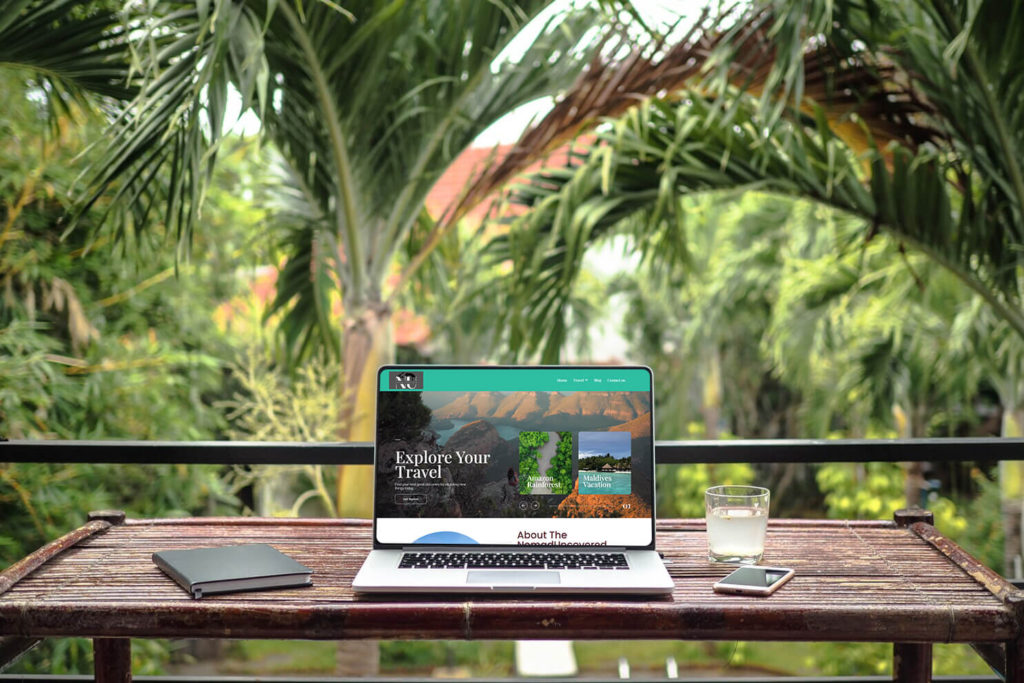
Slow travel and being a digital nomad are two unique ways to explore the world, each with its own set of characteristics, preferences, and lifestyles. Even though there is some overlap, it is essential to understand the differences between them to determine which approach aligns better with your travel goals.
Slow travel emphasizes immersing oneself deeply in a destination, taking time to experience and appreciate the local culture, customs, and way of life. It encourages meaningful connections with locals, exploring off-the-beaten-path areas, and prioritizing sustainability efforts. With flexible itineraries, slow travelers embrace spontaneity and adjust plans based on personal interests and recommendations.
Digital nomads have the freedom to work remotely from anywhere with a reliable internet connection, which allows them to travel and work simultaneously. They prioritize work commitments and choose destinations based on factors like cost of living, internet connectivity, and coworking spaces. With a strong reliance on technology and online tools, they connect with other remote workers, entrepreneurs, and professionals, and have varied travel experiences.
It is important to recognize the benefits and drawbacks of each lifestyle to determine which one is better suited for your travel needs. Slow travel can offer a mindful, immersive, and intentional way to explore a destination, while being a digital nomad can provide the flexibility to work and travel simultaneously. However, it is possible to combine both lifestyles, such as practicing slow travel during digital nomad journeys, to get the best of both worlds.
In summary, understanding the differences between slow travel and being a digital nomad can help determine which approach aligns better with your travel goals. Both lifestyles offer unique benefits and can be combined to create a fulfilling travel experience.
For any questions comment below or contact me at Nomaduncovered@gmail.com

